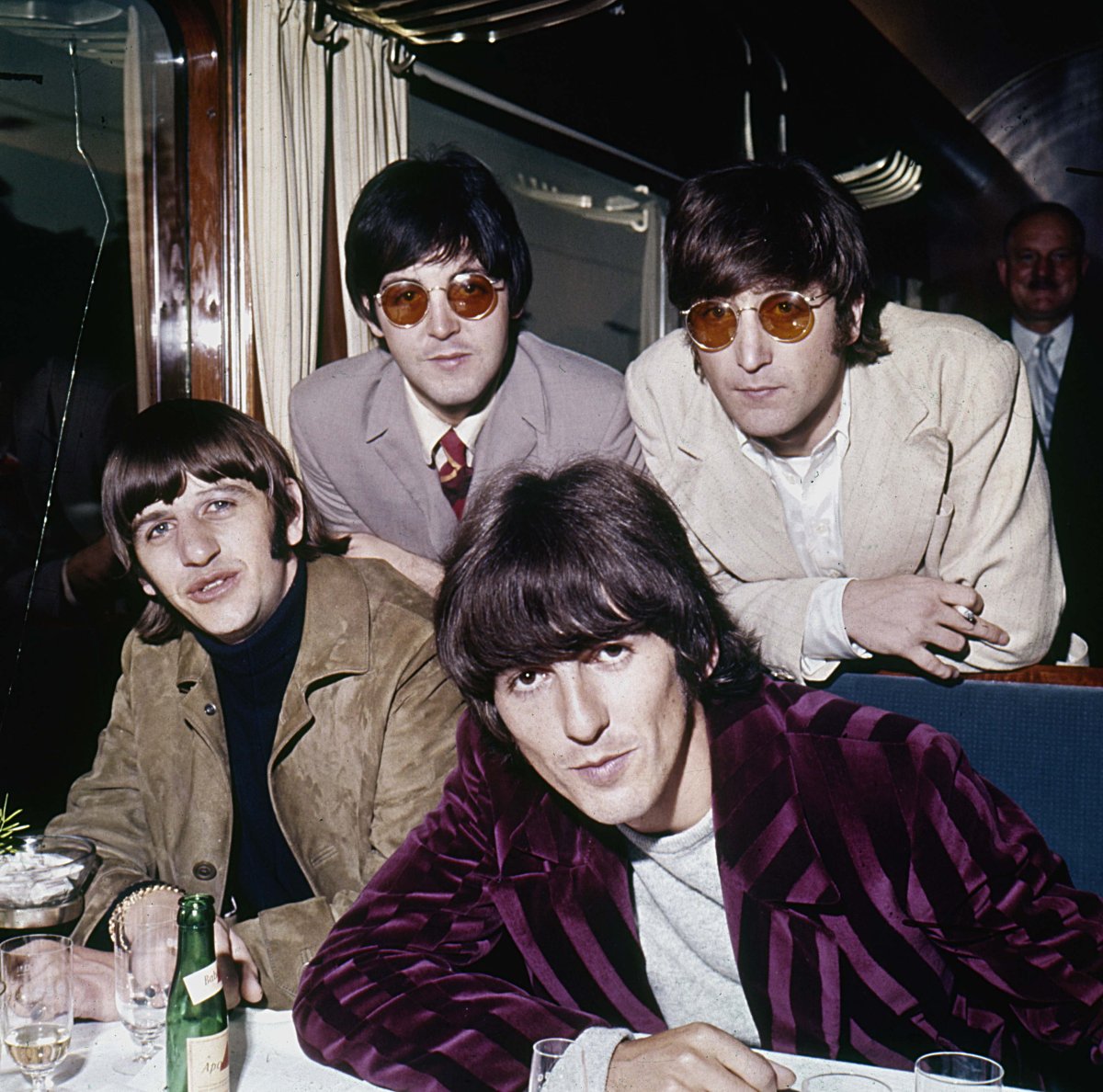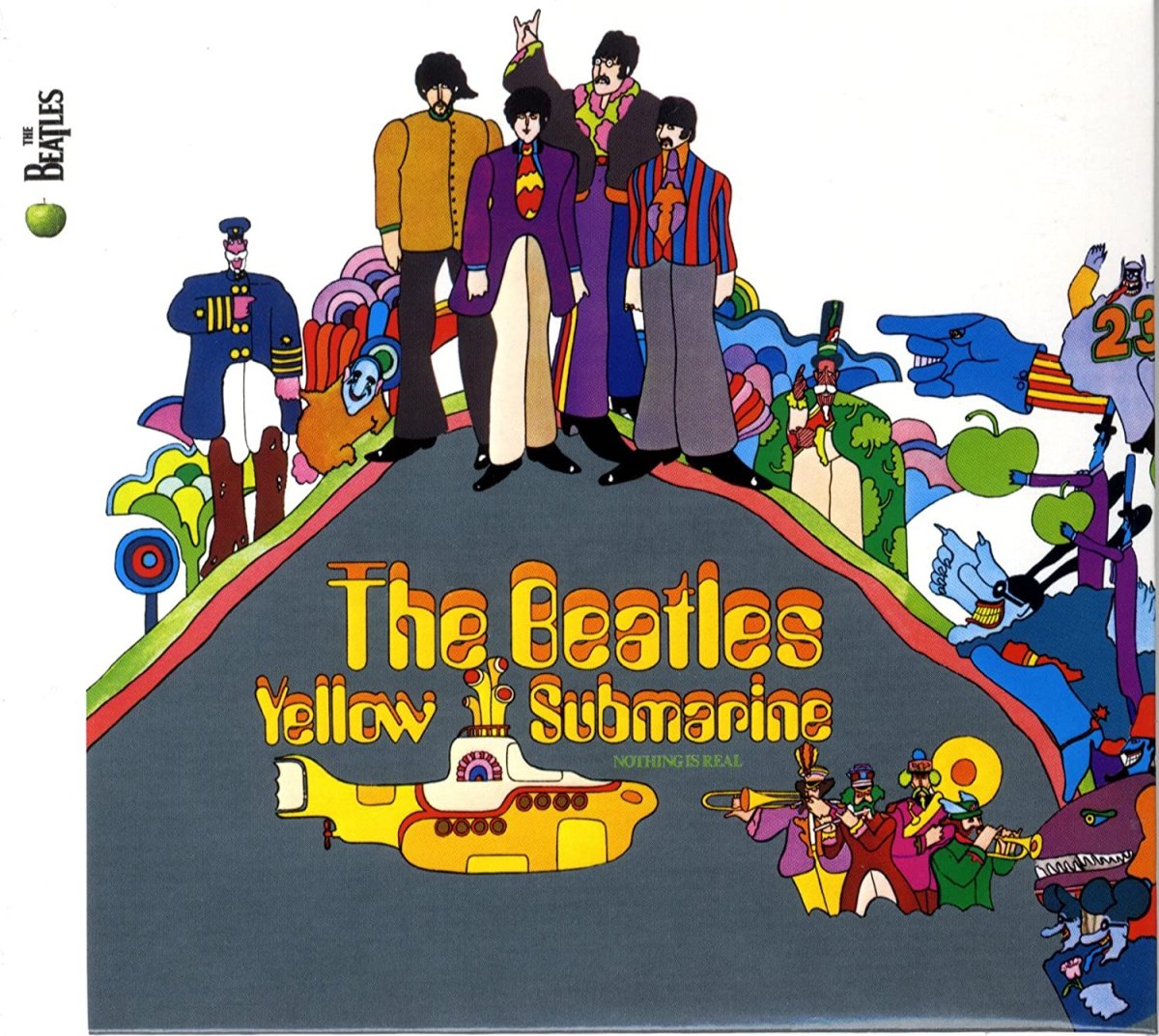When I was a kid, I toted my Lloyds transistor radio everywhere, including when I went to bed. It would sit quietly playing on my pillow until I fell asleep and my mom would take it away.

The family’s station of choice was 680 CJOB in Winnipeg. They didn’t play much in the way of music that I liked, but I was hooked on their newscasts, which in those days could stretch 10 minutes or longer. My parents didn’t like me listening to the news before bed — “You have bad dreams!” — but that only made me want to listen more.
I do remember the night CJOB delivered the news that The Beatles had broken up. It was April 10, 1970, and even though I was extremely young, I knew this was important. When mom came into my room at the usual time to put my radio up on the bureau, I asked her, “The Beatles have broken up. Is that a bad thing?”
READ MORE: O.J. Simpson says ‘no doubt’ Carole Baskin of ‘Tiger King’ killed her husband
“Well,” she replied, “they did cause problems, so this is for the best.”
- Budget 2024 failed to spark ‘political reboot’ for Liberals, polling suggests
- Train goes up in flames while rolling through London, Ont. Here’s what we know
- Peel police chief met Sri Lankan officer a court says ‘participated’ in torture
- Wrong remains sent to ‘exhausted’ Canadian family after death on Cuba vacation
My parents were (and still aren’t) much for this rock’n’roll business. I’m told that when The Beatles first appeared on Ed Sullivan in 1964, my dad insisted that my 18-month-old-self should be put to bed first because he didn’t want their bad influence to rub off on me.
The Beatles were really only with us for seven proper years, 1963 to 1970, yet in that time managed to change popular music forever. Here are just some of the ways the Fab Four has continued to exert influences and some of their most unusual achievements since they parted ways.
The Beatles have been the final arbiters when it comes to new technology at least three times
Although the compact disc first went on sale to the general public in 1983, The Beatles held back, waiting to see if the new format was viable. No Beatles album appeared on CD* until Feb. 26, 1987, when Please Please Me, With the Beatles, A Hard Day’s Night, and Beatles for Sale appeared in stores. (*Well, not exactly. Abbey Road appeared for sale for a very short time in Japan in 1983, but was pulled from the market at the request of EMI.)
To be honest, the digital transfers sounded terrible as they were just digital versions of the vinyl releases without the necessary audio tweaks required to make things sound proper on CD. These first discs were also issued in mono, just like the original releases. Retailers were very worried that there would be blowback from fans over this decision but that passed without too much controversy.
After The Beatles gave their blessing to the new tech, sales of all CDs exploded, doubling from 53 million units sold in the U.S. in 1986 to 102.1 million in 1987. Billboard reported that Beatlemania had returned in a story entitled, “’87 Looks Like ’64 in Beatles Chart Surge.” Those four CDs debuted at numbers 7, 8, 9, and 10 on the album charts.
The Beatles were also longtime holdouts when it came to digital downloads. It took years of negotiations with Apple Corps, the Beatles’ organization, EMI, their then-record label, and iTunes. The band had a long-standing grudge with Steve Jobs who had promised not confuse things by taking Apple Computers into the music arena. That ended with the arrival of the iTunes music store in April 2003.
READ MORE: Shania Twain reveals how she’s dealing with the coronavirus pandemic
It took until July 14, 2010, for things to be sorted out. EMI was under crushing debt and needed the new revenue that would come with digital sales of Beatles songs. Sorting things out took more than seven-and-a-half years, longer than the band had been together. For many, having The Beatles on iTunes was the sign that digital downloads had officially arrived. Then again, how much money was lost in the interim as fans simply ripped their CDs to their iPods and iPhones?
The band also held out against streaming. The Beatles were one of the few acts to maintain a nice revenue stream selling CDs, digital files, and vinyl, so they were in no hurry to cannibalize that by licensing their music to Spotify et al. But on Christmas Eve 2015, anyone with an internet connection to a streaming platform could access their music. This was seen by many music fans as a stamp of approval on the whole concept of streaming.
The Beatles have sold more albums than anyone
It’s hard to get an exact number on how many albums The Beatles sold because of the imprecise and very corruptible way sales were counted prior to the implementation of the SoundScan system in 1991. But a good guess is 600 million. Their nearest competitor (believe it or not) is Garth Brooks with certified sales of 148 million. To put things another way, The Beatles have sold more albums than Led Zeppelin and the Rolling Stones together.
Oh, and singles sold by The Beatles? About 1.6 billion.
The Beatles still sell loads of vinyl
Since the vinyl resurrection began in 2008, the biggest-selling LP has been Abbey Road, outselling second place Dark Side of the Moon from Pink Floyd by a margin of 2-to-1. This has been helped by a careful and methodical series of re-releases. Each Beatles record has been reissued many times, including some gorgeous box sets filled with all sorts of bonus content. The last album to receive the 50th anniversary box set treatment will be Let It Be later this year.
The Beatles have helped save millions of lives thanks to the CT scanner
EMI was not only a record label but a technology company. After all, those letters stood for Electrical and Music Industries and sunk untold millions into R&D over the decades on everything from microphones to guided missiles. One of their scientists, Godfrey Houndsfield, did some very important work with computers in the 1950s when EMI was investing in that sector. Hounsfield was a major part of the development of a commercial computer called the EMIDEC 1100.
READ MORE: Adam Schlesinger, Fountains of Wayne musician, dies of COVID-19 complications
Even though the company sold off that division in 1962, EMI allowed Houndsfield to continue his independent research. A chunk of his funding (at least £100,000; the U.K. government contributed a further £600,000) came from the massive success of The Beatles, who through the 1960s, were earning approximately US$650 a second. Some 30 per cent of EMI’s profits were Beatles-related.
His work led to something called a “computer tomography scanner,” the medical imaging device we now call a CAT or CT scanner. EMI released the first machine in 1972 and Hounsfield shared in the 1979 Nobel Prize for medicine as a result.
Need more?
Here are a few other Beatles achievements:
- Yesterday has been recorded by other artists over 3,000 times, making it the most-covered song of all time. (And yes, it’s true that the melody came to Paul McCartney in a dream.)
- The Beatles are credited with rotting the roots of communism. As hard as authoritarian Iron Curtain governments tried to keep their music away from youth, their music proved to be a (positively) corrupting force.
- The Vatican eventually forgave John Lennon for saying that they were “bigger than Jesus.” In fact, the official Vatican publication named Revolver as the best pop album ever.
- And on a semi-related note, we can argue that the first appearance of the metal “devil horns” hand gesture can be credited to John Lennon, sort of. Note what his cartoon avatar is doing on the cover of the Yellow Submarine album.
—
Alan Cross is a broadcaster with 102.1 the Edge and Q107 and a commentator for Global News.
Subscribe to Alan’s Ongoing History of New Music podcast now on Apple Podcast or Google Play.







Comments